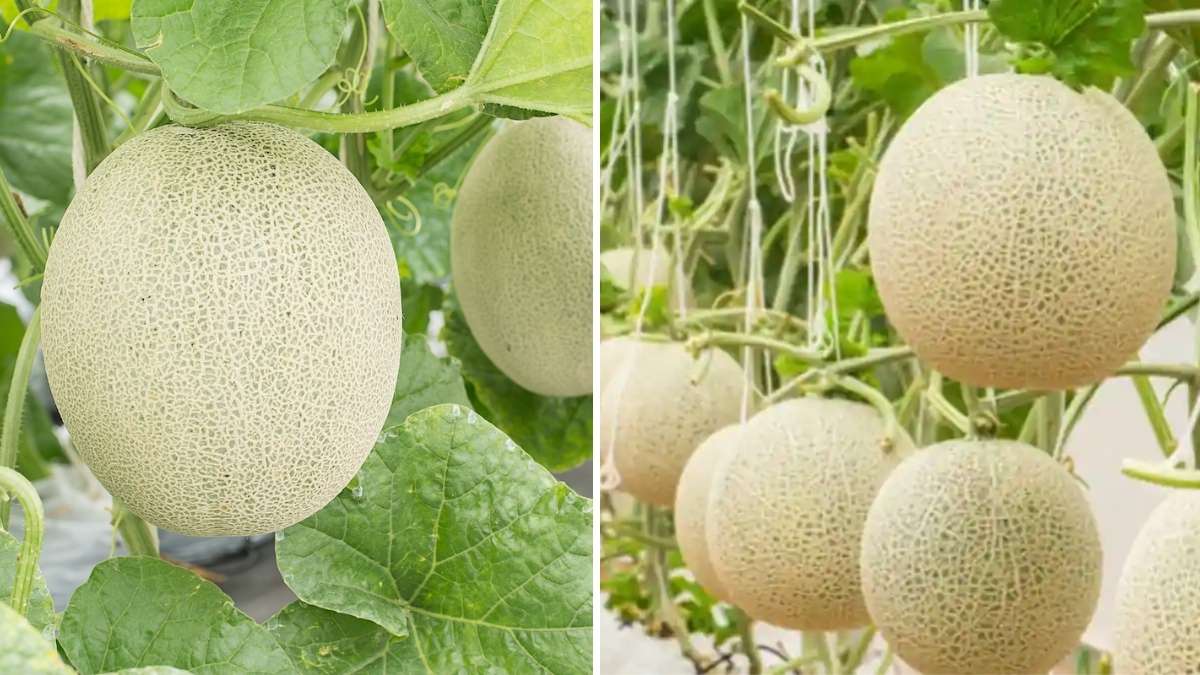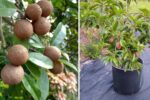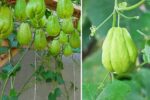Honeydew melons are a refreshing and sweet fruit enjoyed by many across the United States, especially during the summer months. Whether you are growing them in your backyard or selecting the best ones at the store, knowing how to cultivate and pick the perfect honeydew can make a big difference in the taste and texture. In this article, we will explore how to grow honeydew melons and how to choose the best ones available in the market.
Understanding Honeydew Melons
Honeydew melons belong to the melon family, closely related to cantaloupes. They have a round or slightly oval shape and a creamy-yellow outer skin. The flesh inside is light green, sweet, and fragrant. These melons grow best in warm climates, making states like California, Arizona, and Texas ideal for cultivation.
How to Cultivate Honeydew Melons
Growing honeydew melons requires some patience and attention to detail, but with the right conditions, you can enjoy homegrown melons. Honeydew melons are warm-season crops that need plenty of sunlight, warmth, and space to grow. Below are the essential steps to successfully cultivate honeydew melons in your garden.
Choosing the Right Variety of Honeydew Melons
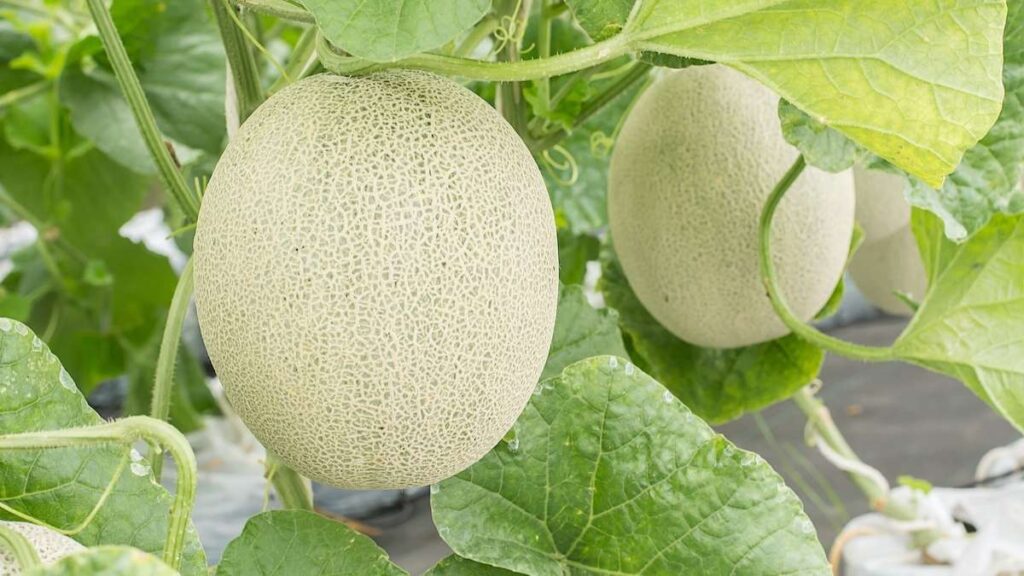
Selecting the right variety ensures better growth and flavor. Some popular honeydew types grown in America include:
- Green Flesh Honeydew: Classic sweet flavor with pale green flesh.
- Orange Flesh Honeydew: Rich, aromatic taste with an orange hue.
- Temptation Hybrid: Known for its resistance to diseases and consistent yield.
- Earlidew: Early maturing with a smooth rind and sweet flavor.
For home gardeners, disease-resistant and heat-tolerant varieties are often the best choice.
Preparing to Grow Honeydew Melons
Before planting, choose a sunny spot in your garden. Honeydew melons need full sun for at least six to eight hours a day. The soil should be loose, rich in organic matter, and well-draining. Sandy loam or loamy soil works best. If your soil is heavy or clay-like, mix in compost or aged manure to improve its texture.
Planting Honeydew Melons
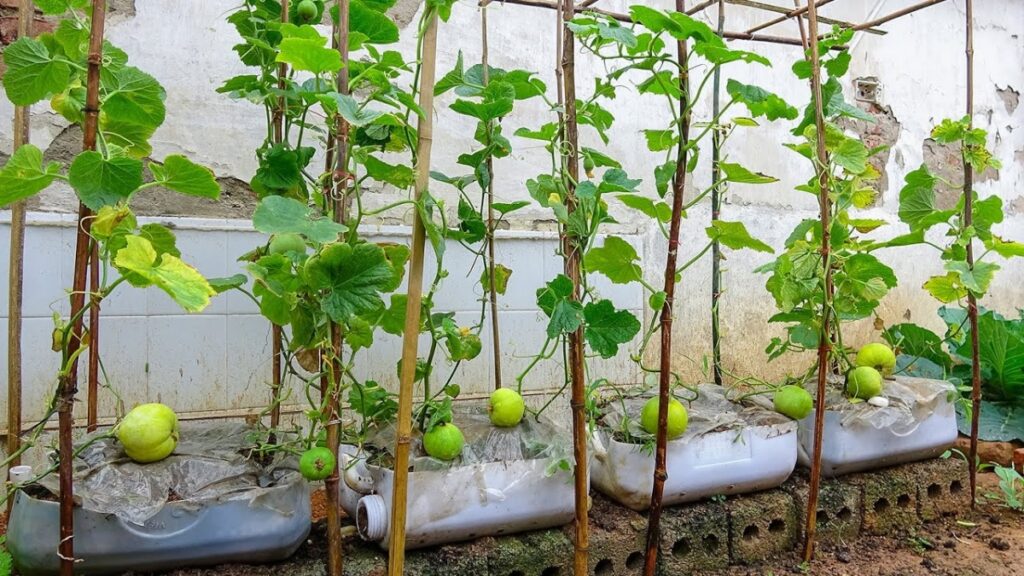
Start by planting seeds directly in the ground after the last frost. You can also start seeds indoors and transplant them once the weather warms up. Plant seeds in small hills or mounds spaced about two feet apart. Each mound should have three to four seeds. Once seedlings appear, thin them to one or two strong plants per mound.
Water the plants regularly, especially during dry spells. Melons need consistent moisture but avoid overwatering. Too much water can lead to root rot or split fruit. Mulching around the plants helps retain moisture and keeps weeds away.
Watering and Fertilizing
Balanced watering and feeding are essential for flavor and size.
- Water regularly to keep the soil moist, but never soggy.
- Drip irrigation is ideal as it keeps leaves dry and prevents mildew.
- Reduce watering slightly when fruits begin to mature for sweeter melons.
- Use a nitrogen-rich fertilizer early on, then switch to one high in potassium and phosphorus during fruiting.
Caring for Your Melon Plants
As the vines grow, they will spread across the ground. You can train them to grow along trellises if space is limited. Keep an eye out for pests like aphids, cucumber beetles, and squash bugs. Use natural remedies or insecticidal soap if needed.
Fertilize the plants with a balanced fertilizer during the growing season. Avoid high-nitrogen fertilizers, as they promote leaf growth over fruit production. Once flowers appear, bees and other pollinators will help with pollination. You can also hand-pollinate using a small brush if needed.
Harvesting Honeydew Melons
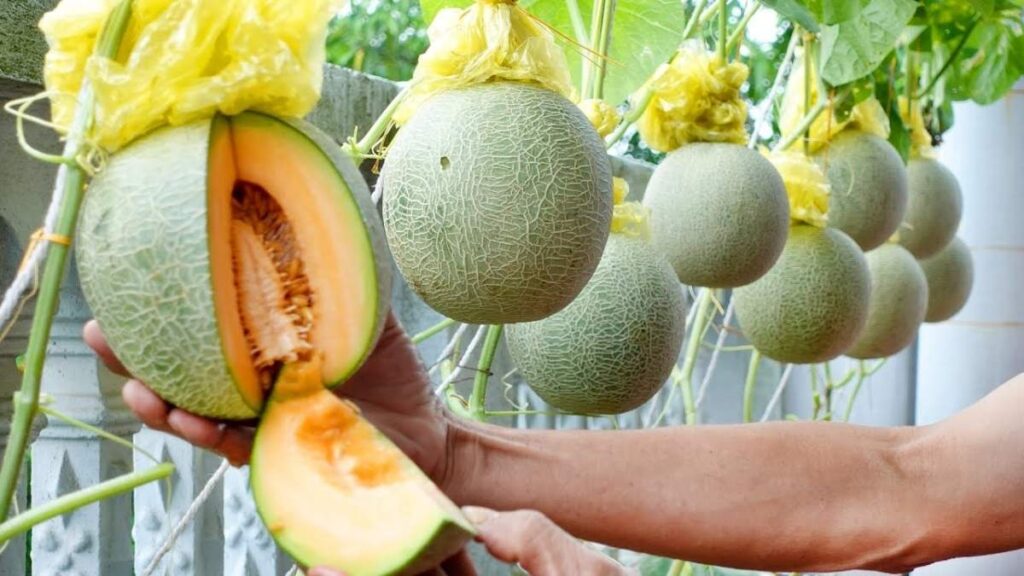
Honeydew melons take about 80 to 100 days to mature. Knowing when to harvest is key to enjoying their full flavor. Look for signs like a creamy yellow rind, a slight softness at the blossom end, and a sweet aroma. The stem should slip off easily when the melon is ripe.
Avoid harvesting too early, as unripe melons lack sweetness. If you’re unsure, leave the melon on the vine for a few more days and check again. Once picked, store melons in a cool place or refrigerate them to keep them fresh.
Storing and Serving Honeydew Melons
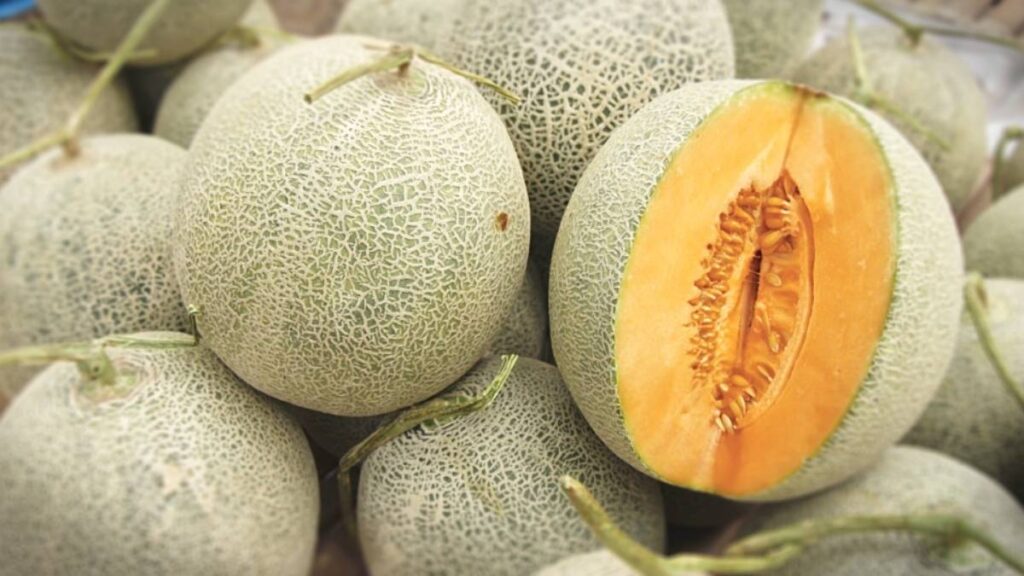
After harvesting:
- Store whole melons at room temperature for 2–3 days to finish ripening.
- Once ripe, refrigerate them to maintain freshness.
- After cutting, wrap and chill the slices in an airtight container.
- Serve honeydew in fruit salads, smoothies, or chilled slices.
- Pair with mint, lime, or prosciutto for a refreshing twist.
How to Choose the Best Honeydew Melons
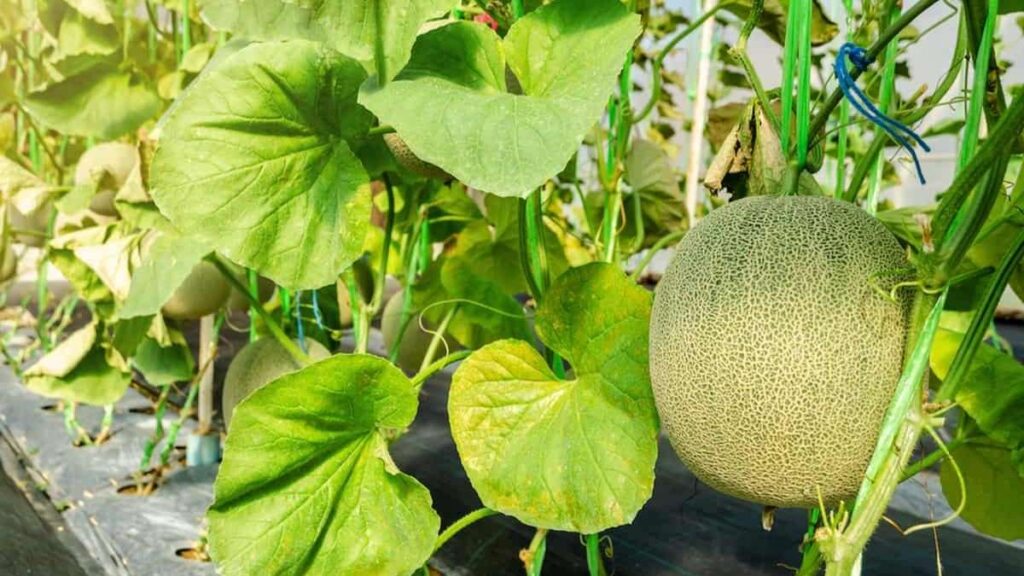
Selecting the best honeydew melons at the store can sometimes be a challenge, but knowing what to look for makes the process easier. Here are some key tips to help you pick the juiciest, sweetest melons.
Look for a Smooth Skin
A ripe honeydew melon has smooth, slightly waxy skin. Avoid melons that have noticeable blemishes, cuts, or soft spots, as they may be overripe or starting to spoil. The color of the skin should be a pale yellow or creamy white, depending on the variety.
Check the Weight
A good honeydew melon will feel heavy for its size. When you pick up a melon, compare its weight to others. A heavier melon typically indicates a higher water content, which means it will be juicier and more flavorful.
Examine the Stem
The stem of the melon can give you a clue about its ripeness. A melon with a dried or slightly wrinkled stem usually indicates that it is mature and ready to eat. A green or fresh stem could suggest that the melon was harvested too early.
Tap the Melon
Tapping the melon gently can also help you assess its ripeness. A ripe honeydew melon will produce a dull sound when tapped, which means it is full of water and ready to eat. If the sound is too hollow, the melon may be underripe or overripe.
Smell the Melon
A honeydew melon should have a subtle, sweet aroma at the stem end. If the melon has no fragrance or smells overly sweet, it could be either underripe or too ripe. A faint, pleasant smell is the best indicator of a perfectly ripe melon.
Look for a Slightly Sunken End
The blossom end of the melon (opposite the stem) should be slightly sunken when the melon is ripe. If it is overly flat or raised, the melon might be underdeveloped or too old.
Avoid Melons with Excessive Soft Spots
While a slight softness near the stem is fine, avoid melons that have soft spots or areas that feel mushy. These could indicate that the melon is overripe or starting to rot.
Conclusion
Growing and choosing the best honeydew melons in America takes patience, care, and the right techniques. By selecting the right variety, preparing the soil properly, and monitoring watering and pest control, you can enjoy rich, sweet melons straight from your garden. And when buying, use your senses look, touch, and smell to find the best ones. With a little effort, you can experience the pure sweetness of nature’s finest fruit, the honeydew melon.

